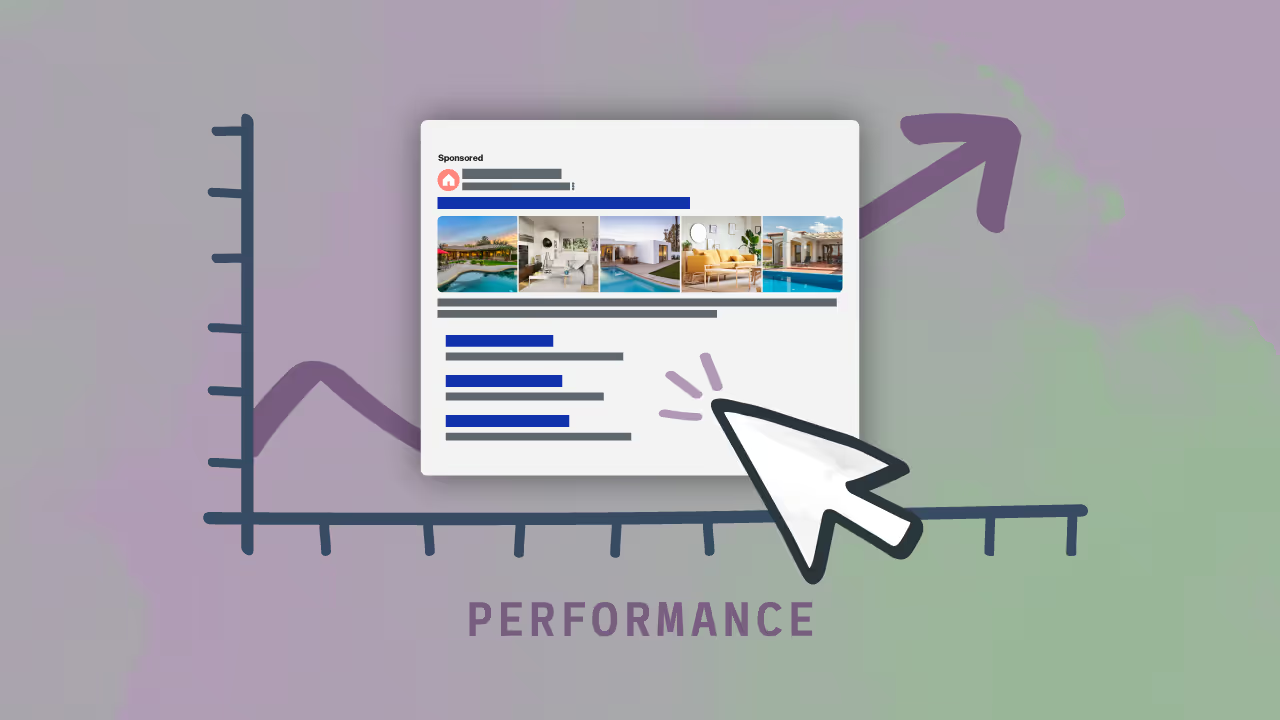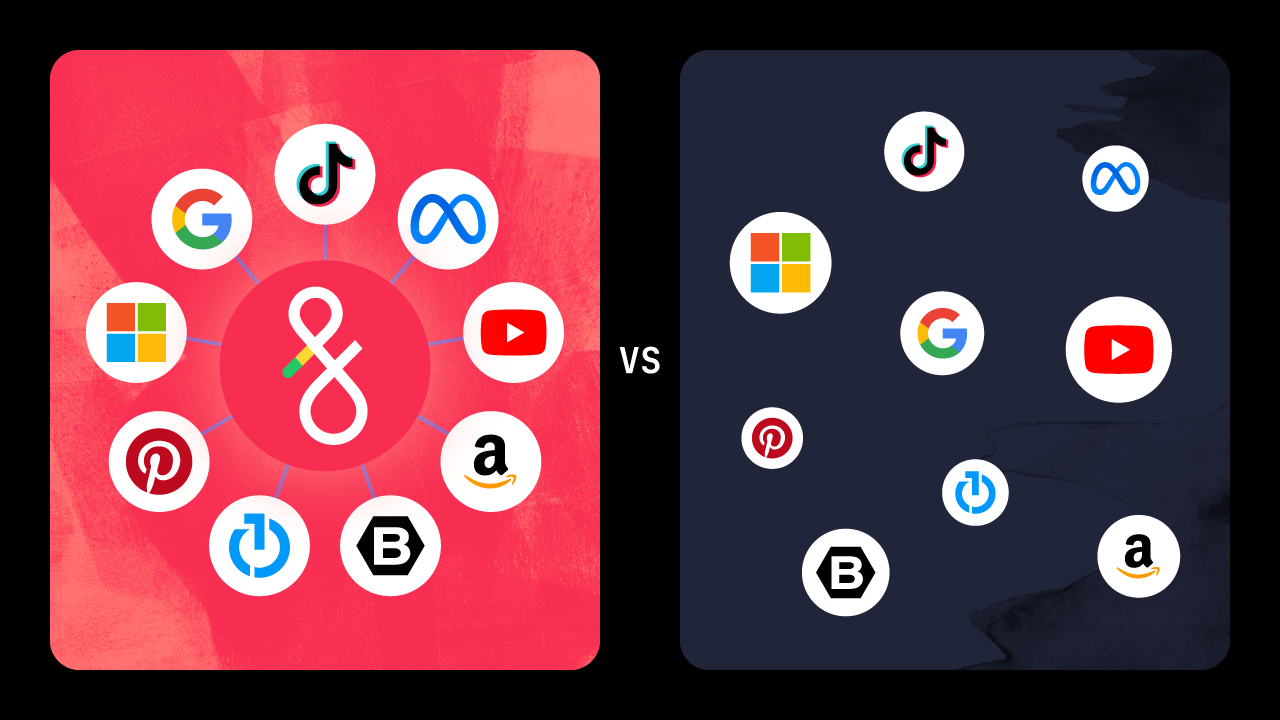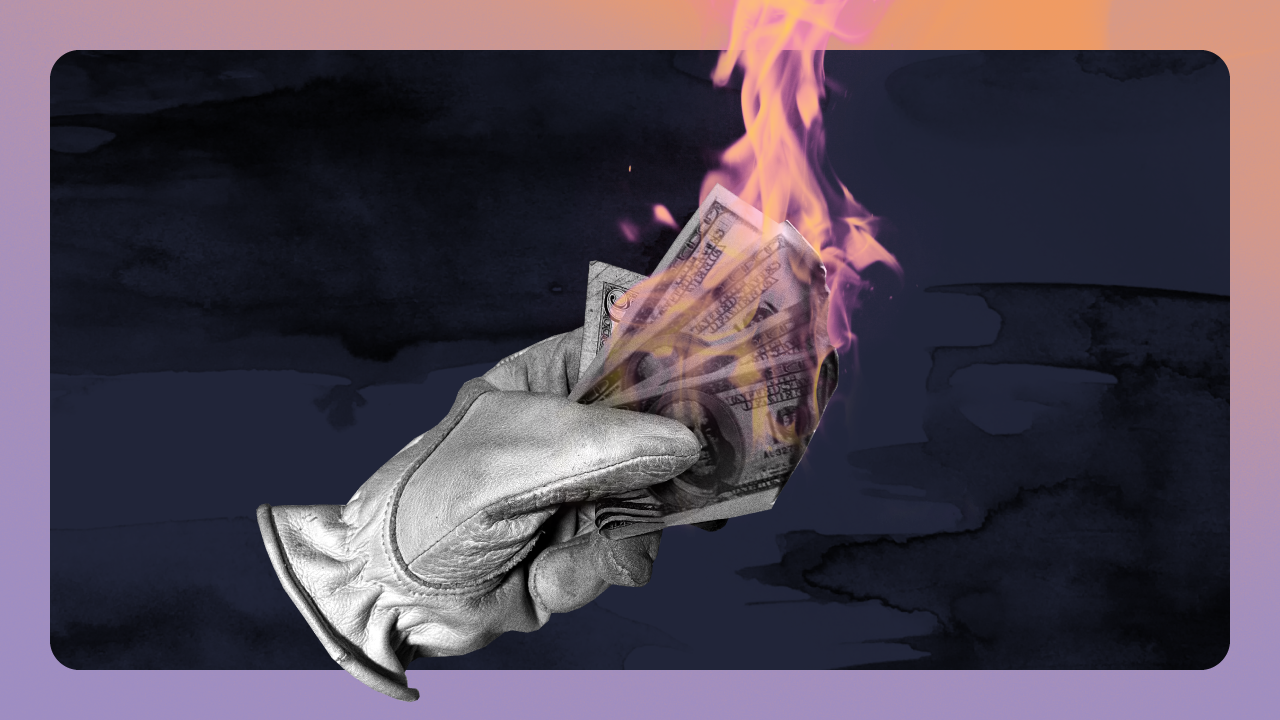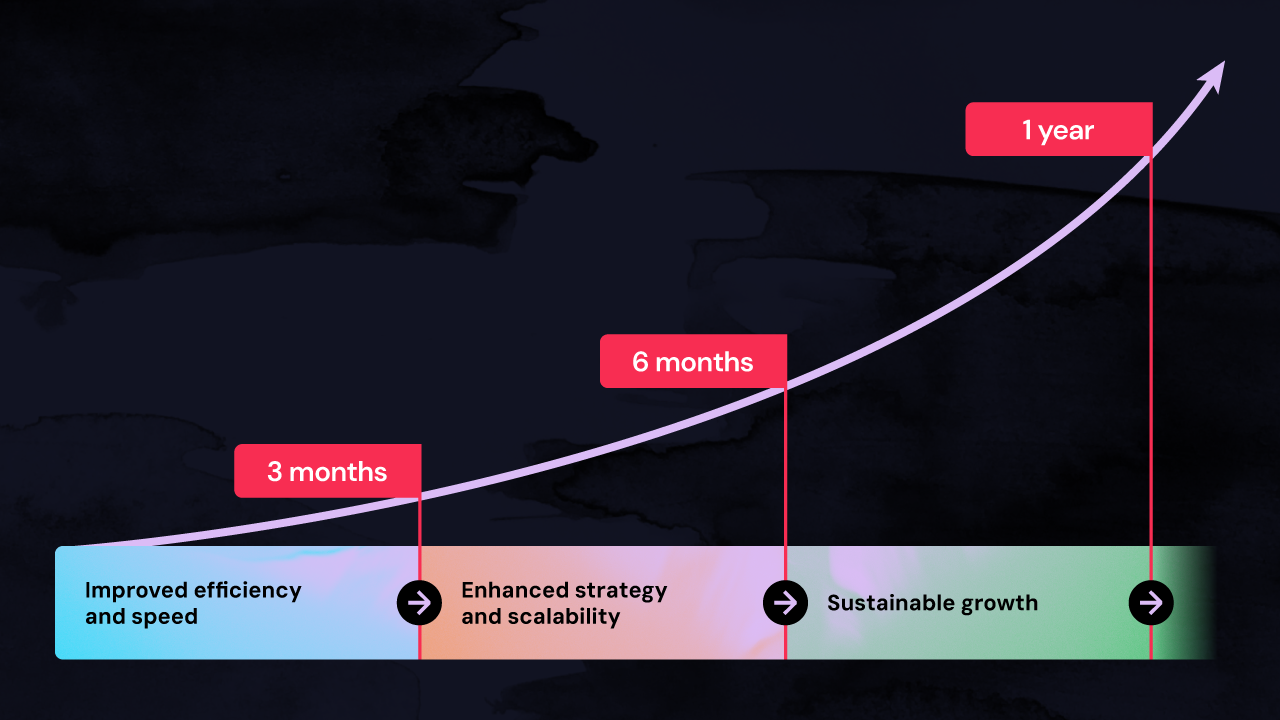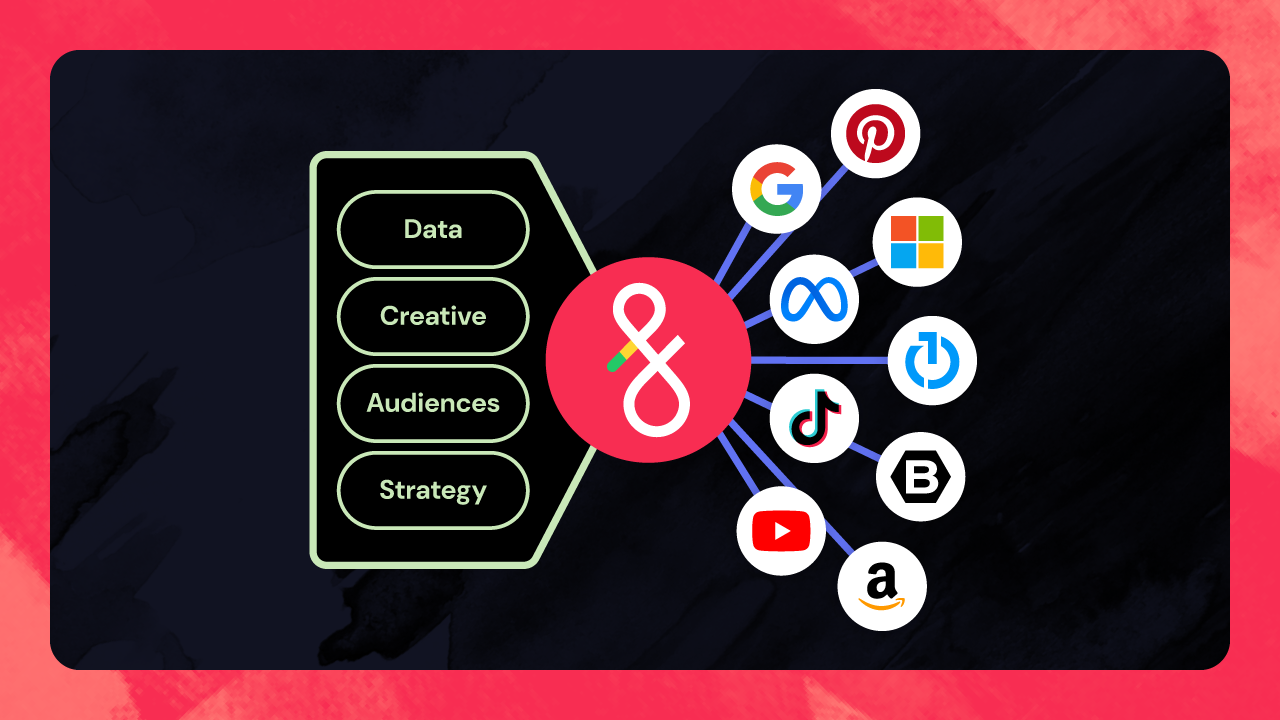The days of manually managing pay-per-click campaign bids, budgets, and ad variations are behind us. Or they should be—because it’s unsustainable.
The best PPC automation leverages machine learning and AI to optimize campaigns in real time. Businesses that embrace paid search automation improve efficiency, reduce costs, and enhance performance.
This guide explores how PPC automation works, its key benefits, and how it compares to traditional manual management and channel-specific tools.
What is PPC automation?
PPC automation (or automated PPC) means using AI and rule-based automation systems to build, launch, manage, and optimize PPC campaigns automatically. Rather than manual adjustments to bids, ad targets, or budgets, PPC automation tools ingest real-time performance data and apply algorithmic decision-making to continually optimize for conversions, efficiency, and ROI.
Think of it like “hands-off PPC management." Automation takes over the repetitive parts of your PPC campaign management so you can focus on strategy, client relationships, and growth.
How PPC automation works
- Data collection: AI gathers historical performance data, user behavior insights, and competitive analysis to inform optimizations or recommendations.
- Bid optimization: Automated systems adjust bids in real time to align with conversion probabilities. For example, when the system sees a query with a high predicted conversion probability, it may raise the bid by +10% for that impression.
- Ad copy testing: Dynamic creative optimization can determine which ad variations perform best. Rotating headlines or descriptions automatically helps identify winning combinations, which can then be allocated more budget.
- Budget allocation: AI shifts spending between ad groups and channels to ensure efficient resource use. For instance, if performance in one ad group is lagging, the system may reduce budget for that group and shift it to a higher-performing group.
Many businesses already use some level of automation, such as Google’s Smart Bidding. However, advanced systems like Fluency go beyond channel-specific tools, providing you with greater flexibility and cross-channel optimization.
The key benefits of PPC automation
1. Increased efficiency and cost savings
Automation eliminates the need for repetitive, manual campaign management tasks. Agencies that transition from manual PPC management to automation typically see a reduction in wasted ad spend and a significant increase in productivity.
Agency53, a real estate marketing agency, found that each of their analysts could manage 43% more work after bringing in automation.
2. Smarter audience targeting
Automated PPC tools use real-time data to predict which users are most likely to convert. Instead of relying on predefined audience segments, AI-driven tools refine targeting dynamically based on user intent signals, browsing behavior, and historical conversion data.
This enables you to deliver granular targeting with minimal effort, increasing the likelihood of improved click-through rates, conversion rates, and overall campaign ROI.
3. Faster, data-powered decision making
PPC automation processes massive amounts of data in seconds, making it possible to conduct instant bid and budget adjustments that outperform manual strategies.
For example, one multi-location agency achieved a 33% increase in conversion rates following an automation-powered strategy refresh for a beauty brand with more than 100 locations. This demonstrates how automation leads to faster, more effective decision-making.
PPC automation delivers results: an $800k agency fee saved by one company
BH Management Services (BH) is a leading multifamily management housing company dedicated to acquiring, improving, and managing apartment communities. They wanted to move their digital advertising services in-house to reduce costs.
However, it was a big ask: 300+ properties with an annual churn rate of 33% means their small in-house team had to manage an ever-changing portfolio. Manual PPC campaign management was proving to be unmanageable using traditional workflows. Their team spent hours making manual bid adjustments, allocating budgets, and optimizing campaigns across multiple platforms.
BH adopted a Digital Advertising Operating System (DAOS) primarily for its PPC automation capabilities. These tools replaced the team’s manual workflows with AI-driven optimizations, leading to significant improvements and cost savings.
Results of implementing PPC automation
- Saved +$800k in agency management costs
- 40% reduction in Cost Per Lead (CPL)
- 35% decrease in Cost Per Conversion (CPC)
BH’s transformation demonstrates that PPC automation is not just about operational convenience and efficiency. It can deliver real, measurable performance improvements at scale. Read their full case study here.
How do I choose the right PPC automation solution?
Some paid search automation tools are built into ad platforms (e.g. Google’s Smart Bidding, Microsoft’s automated rules). While these tools are helpful, they limit your team to working in siloed channels. This siloed approach will also hinder your agency's overall growth.
For example, Google’s Search Ads 360 (SA360) is one of the most widely used PPC management tools. SA360 includes tools like automated bidding and centralized management for your Google Ads campaigns. However, it's still a specialized tool for the Google ecosystem.
This is why many advertisers prefer third-party PPC automation tools. Using a third-party search campaign management tool gives you greater cross-platform control, unified multichannel reporting, and the ability to easily compare wins on different PPC platforms for maxim
When evaluating a PPC automation platform, prioritize features like:
- Real-time bid pacing: Ensure your PPC automation solution can dynamically adjust bids in real-time to maximize performance while staying within budget constraints.
- Cross-channel optimizations: Look for PPC tools that allow you to easily manage and optimize campaigns across multiple platforms (e.g., Google, Microsoft, Meta) to avoid siloed strategies.
- Rule flexibility and customization: Clients have different goals and needs. Choose a solution that offers customizable rules so you can align unique campaign goals and strategies to automated workflows.
- Guardrail and compliance settings: Prioritize platforms that include safeguards to prevent overspending, ensure brand safety, and maintain compliance with industry regulations.
- Transparency into algorithm decisions: Opt for PPC automation tools that provide visibility into how optimizations are made. Bonus points if you have the ability to approve or reject changes based on your team’s preferences.
- Ease of use and integration: Look for tools that are user-friendly and integrate seamlessly with your existing tech stack and workflows.
In summary, systematic PPC automation solutions enable you to achieve holistic, cross-channel optimizations. These tools improve your ad team's overall operational efficiency as well as performance across Google, Microsoft, Meta, and other key PPC advertising channels.
Case study: Automated PPC goes beyond SA360 for true cross-channel campaign success
Click Here Digital is a full-service marketing and consulting firm that is in the top 1% of all Google Partners. The agency specializes in paid search and search engine optimization but also manages social media, video, and display advertising for their clients.
The team used SA360’s budgeting solution to manage ad spend for their clients but they were limited by the platform’s inability to set up budgets in bulk. They had to set up budgets monthly every month, relying on daily calculations and updates in order to meet different customer pacing goals.
The Click Here Digital team also wanted to maintain control over their bids, but that wasn’t possible with SA360's native budget management tools. Additionally, if the team used any sort of automated bid strategy in Google Ads, they couldn’t adjust bids on a smart bidding strategy with the SA360 budgeting solutions.
The company opted to bring in Fluency’s DAOS so they could utilize scalable budgeting automation and campaign management capabilities. When the team used SA360, new ads and RSA (Responsive Search Ads) took an average of 1.25 hours to create. With automation, the team now spends only 30 minutes: a 40% time savings for new ad and RSA creation workflows.
Click Here Digital also achieved:
- 91% decrease in new account launch times
- 40% decrease in time spent on ad adjustments and optimizations
The team is also thrilled with what they can do with automation. Some of the testimonials from the Click Here Digital team include:
- “The time saved with using Fluency is night and day [in comparison to SA360].”
- “If I had a choice of managing 5 accounts on SA360 or 15+ on Fluency, I would hands-down pick Fluency.”
Advanced, systematic automation solutions outperform traditional channel-specific tools like SA360. You can read Click Here Digital’s full case study here.
See for yourself why the future of PPC is automated
Agencies that embrace AI-powered PPC automation will gain a significant competitive advantage in an increasingly competitive landscape. To maximize performance and internal operational efficiency, your agency needs a scalable, systematic PPC automation solution that enables cross-channel budget pacing, dynamic bidding, and multi-platform audience targeting.

